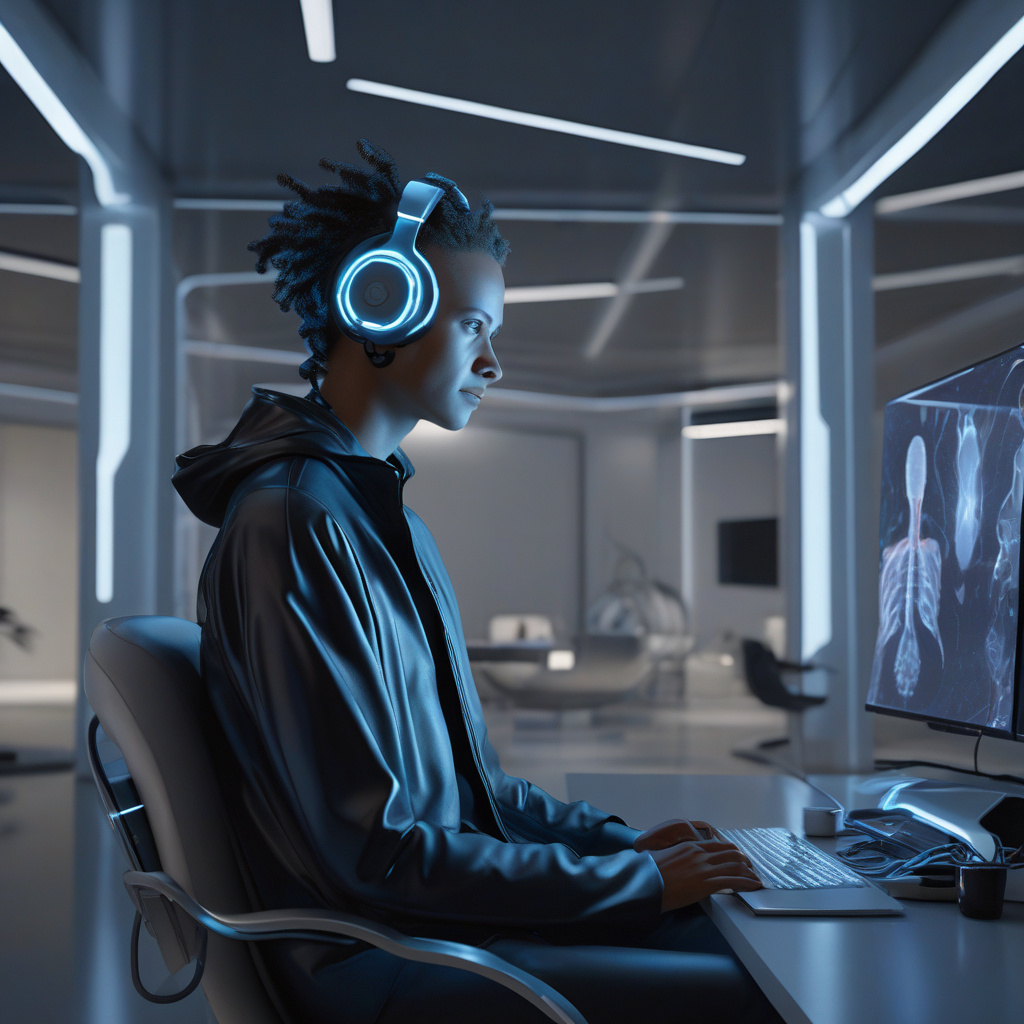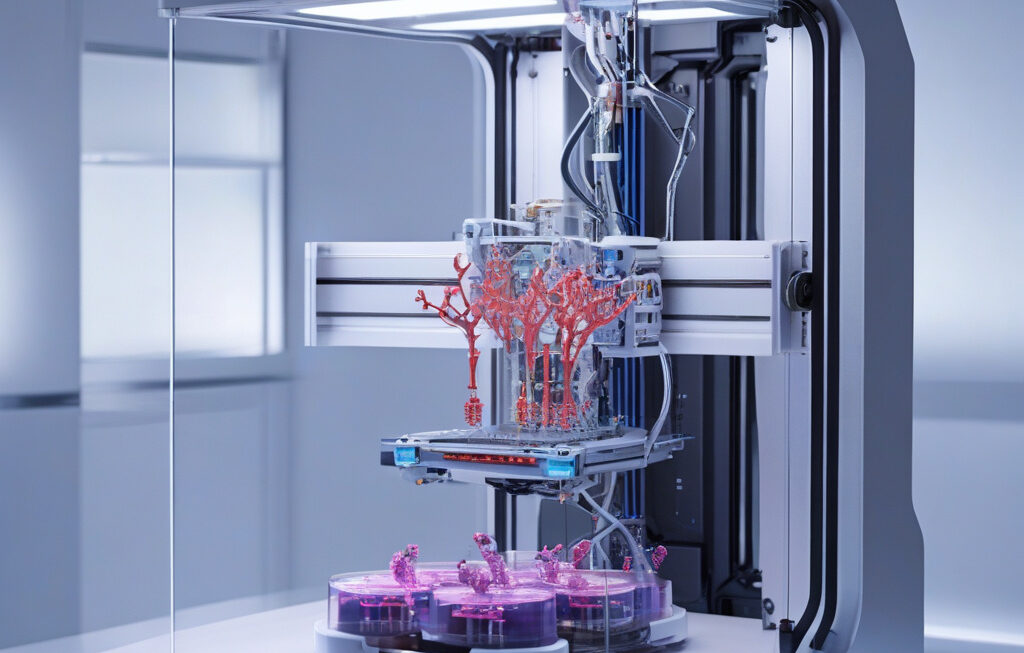The Revolutionary Neuralink Implant: Empowering Individuals with Disabilities to Create Content with AI Assistance
Bradford G. Smith, living with ALS and unable to speak or move, is now communicating in groundbreaking ways thanks to the Neuralink implant. This innovative technology has not only transformed Smith’s ability to interact with the world but has also opened up new possibilities in content creation. By harnessing the power of generative AI, individuals like Smith can now produce videos for platforms like YouTube, offering a unique glimpse into the potential of merging human creativity with artificial intelligence.
The Neuralink implant, developed by Elon Musk’s company of the same name, represents a significant leap forward in the field of brain-computer interfaces. By implanting tiny electrodes directly into the brain, Neuralink enables individuals with disabilities to control computers and other devices using their thoughts. For Smith, this means regaining a level of independence and self-expression that was previously unimaginable.
One of the most exciting applications of the Neuralink implant is its integration with generative AI systems. These advanced algorithms are capable of creating content autonomously, whether it be writing articles, composing music, or generating images. By combining the user’s intentions and creative input with the AI’s ability to generate content, individuals like Smith can now produce videos for online platforms with unprecedented ease.
Imagine a scenario where Smith, using only his thoughts, can guide the AI in crafting a script for a YouTube video. Through a combination of text-to-speech technology and neural networks that can mimic human voices, the AI brings the script to life, creating a compelling narrative that reflects Smith’s unique perspective and personality. Visual elements, such as animations and graphics, can also be generated in real-time, adding another layer of depth to the final video.
The implications of this technology are vast, extending far beyond the realm of content creation. For individuals with disabilities, the Neuralink implant represents a means of empowerment, enabling them to participate more fully in the digital landscape. By breaking down barriers to communication and self-expression, this technology has the potential to revolutionize the way we think about accessibility and inclusivity in the digital age.
As we look to the future, it’s clear that innovations like the Neuralink implant will continue to shape the way we interact with technology. By merging the capabilities of the human brain with the processing power of AI, we are entering a new era of creativity and collaboration. The ability to produce YouTube videos with the help of generative AI is just the beginning – who knows what other possibilities lie ahead?
In conclusion, the Neuralink implant is a game-changer for individuals like Bradford G. Smith, offering them a newfound sense of agency and creativity. By leveraging the power of AI, users can now create content that reflects their unique perspectives and experiences, enriching the digital landscape in the process. As we witness the transformative impact of this technology, one thing is clear: the future of content creation is looking brighter than ever.
Neuralink, AI, contentcreation, accessibility, inclusivity












